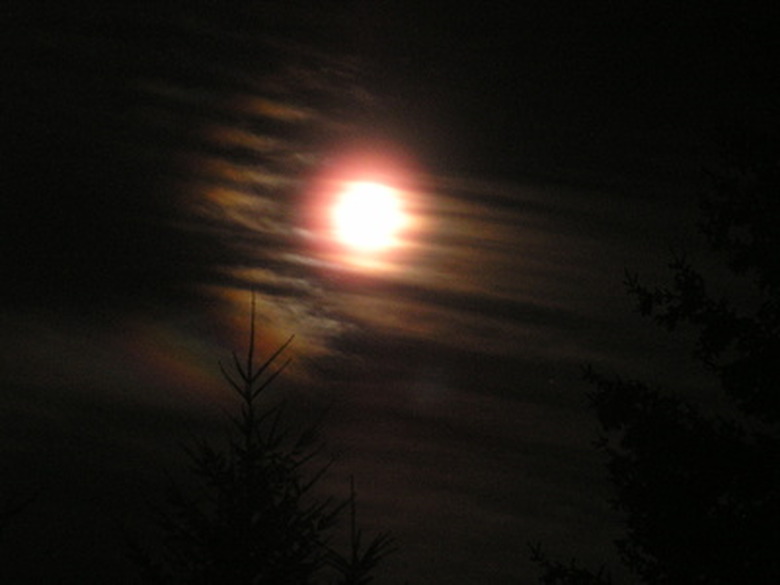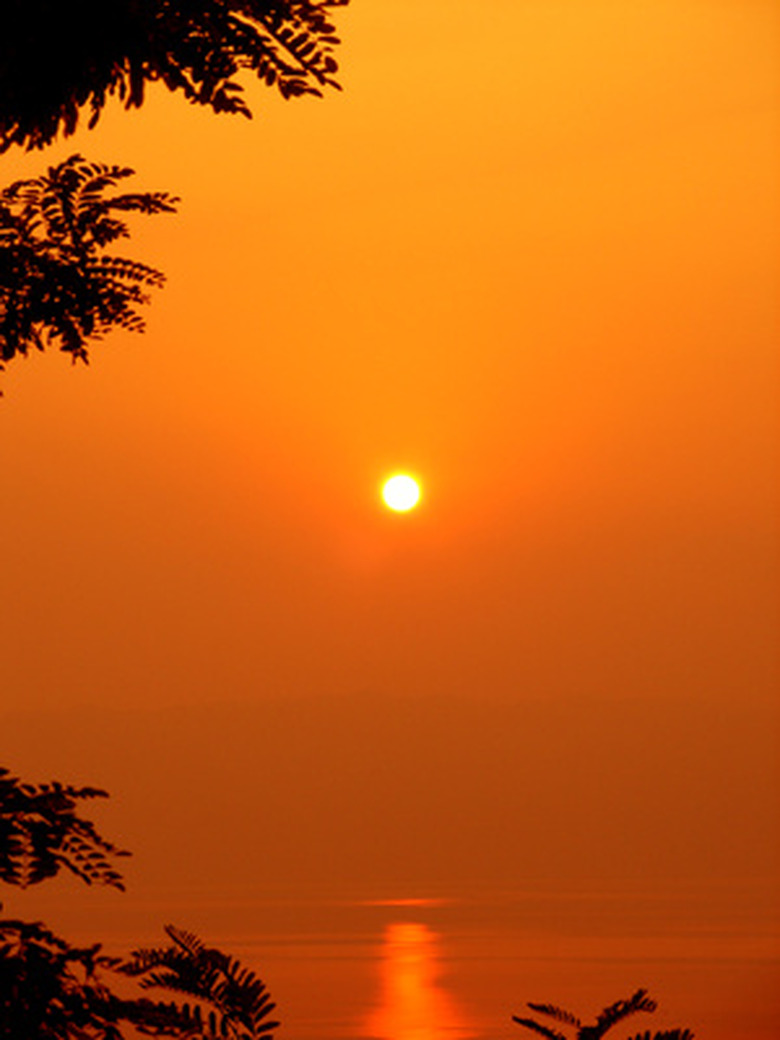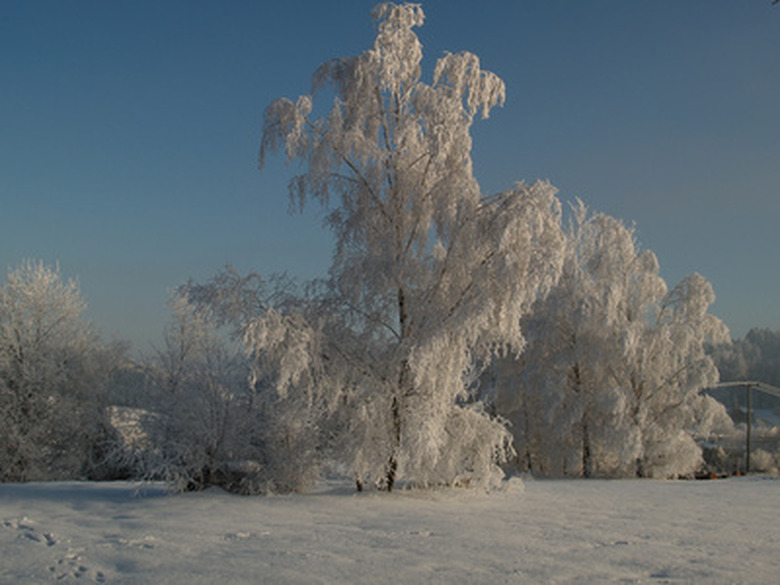Moon Phases & How The Seasons Change
The phases of the moon and the progression of Earth's seasons are not specifically connected, but they hinge on similar processes: one astronomical body revolving around another. Both phenomena, along with the cycle of day and night, define the most intrinsic of earthly schedules.
Earth, Moon, Sun
Earth, Moon, Sun
The sun is the focus of our solar system, holding in its gravitational pull a collection of satellites that includes the nine planets. Earth, the third planet in distance from the sun, requires a little over 365 days to complete its orbit around the star. Caught in the influence of Earth's own gravity is its moon, which takes 28 Earth days for its revolution around our planet, and is illuminated by various degrees of reflected sunlight.
Lunar Phases
Lunar Phases
During its 28-day orbital cycle, the moon rotates on its axis once, and thus presents the same face to the Earth; the "dark side" always points away from the planet. But the moon's appearance changes throughout that orbit in a succession of lunar phases, determined by the moon's position in relation to the Earth and sun. When the Earth lies between the moon and sun, there is a "full moon." The moon reflects its maximum amount of sunlight at this time. When the opposite configuration is true–the moon is between Earth and sun–the moon is cast in shadow, manifesting as a "new moon."
Between those two extremes, the moon appears as some fraction of a fully lit circle. From full shadow it emerges as a waxing (growing) crescent until it reaches a half-lit, half-dark face called the first quarter. Then the burgeoning illuminated portion, called a waxing gibbous moon, increases until full. After that, the cycle repeats itself in reverse, the shadowed portion gaining ground during the waning-gibbous, third-quarter and waning-crescent phases.
Earth's Tilt
Earth's Tilt
The Earth revolves around the sun on what is known as the plane of the ecliptic, or its orbital plane. Crucially for the development of seasons, the planet is not perpendicular to this plane; if it were, the angle of incoming solar rays to the Earth's surface would not change throughout the year. But the Earth is tilted about 23.5 degrees off the perpendicular, and always in the same orientation (aligned with the North Star, Polaris). So, one or the other hemisphere of the Earth leans toward the sun and gets more solar radiation than the other.
Seasonality
Seasonality
Twice a year, on the equinoxes, the sun's rays hit perpendicular at the Earth's equator, and all parts of the planet have 12 hours of both day and night. During the Northern Hemisphere summer, that part of the globe is tilted toward the sun and receives more solar radiation, while the Southern Hemisphere, with sunlight of lower angle and reduced extent, is colder. The sun appears higher in the sky to the Northern Hemisphere observer than during other times of year. The opposite, of course, is true during the Northern Hemisphere winter. This explains the traditional four-season model of higher latitudes: there is a summer and winter of extreme temperatures, and a spring and autumn transition with more moderate temperatures.
Other Seasons
Other Seasons
Not all parts of the world experience four obvious seasons. Precipitation may be the most significant variant within a year in certain places. For example, many tropical and subtropical locations oscillate between "wet" and "dry" seasons with quite extreme differences in rainfall.
References
- "An Introduction to Environmental Systems"; G.H. Dury; 1981
- "Physical Geography: A Landscape Appreciation"; Tom L. McKnight; 1999
Cite This Article
MLA
Shaw, Ethan. "Moon Phases & How The Seasons Change" sciencing.com, https://www.sciencing.com/moon-phases-seasons-change-6453642/. 24 April 2017.
APA
Shaw, Ethan. (2017, April 24). Moon Phases & How The Seasons Change. sciencing.com. Retrieved from https://www.sciencing.com/moon-phases-seasons-change-6453642/
Chicago
Shaw, Ethan. Moon Phases & How The Seasons Change last modified March 24, 2022. https://www.sciencing.com/moon-phases-seasons-change-6453642/


